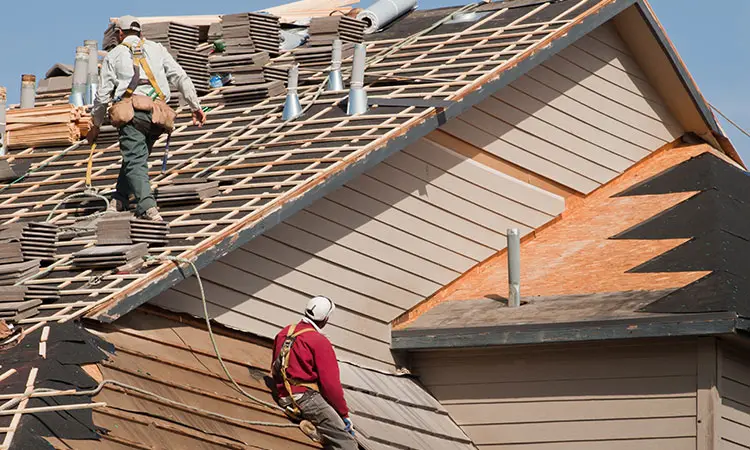What Is
Siding and Why Is It Important for Your Home?
Siding is a
crucial component of your home's exterior, serving both functional and
aesthetic purposes. It acts as a protective shell, shielding your home from
environmental elements and contributing to its overall appearance.
Understanding the importance of siding can help homeowners make informed
decisions about maintenance, upgrades, and replacements.
What Is
Siding?
Siding, also
known as wall cladding, is the material applied to the exterior walls of a
house. It serves as the first line of defense against the elements, including
sun, rain, wind, and temperature extremes. Siding materials vary widely,
encompassing options like vinyl, wood, fiber cement, metal, and stucco, each
offering distinct advantages and aesthetic appeal.
Why Is
Siding Important for Your Home?
1.
Protection Against the Elements
Siding playsa vital role in safeguarding your home from environmental factors. It acts as a
barrier to prevent rain, snow, and harsh winds from seeping into your house,
thereby protecting the structural integrity of your home.
2. Energy
Efficiency
High-quality
siding contributes to your home's energy efficiency by providing insulation. It
helps maintain a comfortable indoor temperature by preventing drafts and
reducing the workload on your heating and cooling systems. This can lead to
lower energy bills and a more sustainable home.
3. Pest
Prevention
Properly
installed siding can deter pests by sealing the exterior of your home. Modern
siding materials are designed to resist cracks and warping, making it difficult
for insects and rodents to infiltrate your home.
4.
Enhanced Curb Appeal
Siding
significantly influences your home's appearance. A well-chosen siding material
and color can enhance the architectural style of your home, increasing its
visual appeal and potentially its market value. New siding can provide a fresh,
modern look, making your home stand out in the neighborhood.
5.
Increased Home Value
Investing in
new siding can yield a substantial return on investment. On average, new siding
increases home value by about 80% of the project price, making it one of the
best returns you can expect from home remodeling.
6.
Durability and Low Maintenance
Modern
siding materials are designed for durability and require minimal maintenance.
For instance, vinyl siding is known for its durability, doesn't need to be
painted, and can be easily cleaned with a hose.
Choosing the Right Siding for Your Home
When selecting siding, consider the following factors:
Climate: Choose materials suited to your local weather conditions. For example, fiber cement siding is durable and fire-resistant, making it ideal for areas prone to wildfires.
Aesthetic Preferences: Select a style and color that complements your home's architecture and your personal taste.
Budget: Evaluate the cost of materials and installation, balancing initial expenses with long-term benefits.
Maintenance Requirements: Consider how much time and effort you're willing to invest in upkeep. Some materials, like vinyl, require less maintenance than others, such as wood.
Siding is more than just an exterior covering; it's a critical component that protects your home, enhances its energy efficiency, deters pests, and boosts curb appeal. Investing in quality siding not only preserves the structural integrity of your home but also contributes to its overall value and aesthetic charm. Whether you're building a new home or considering an upgrade, understanding the importance of siding can guide you in making choices that ensure comfort, safety, and satisfaction for years to come.



No comments:
Post a Comment